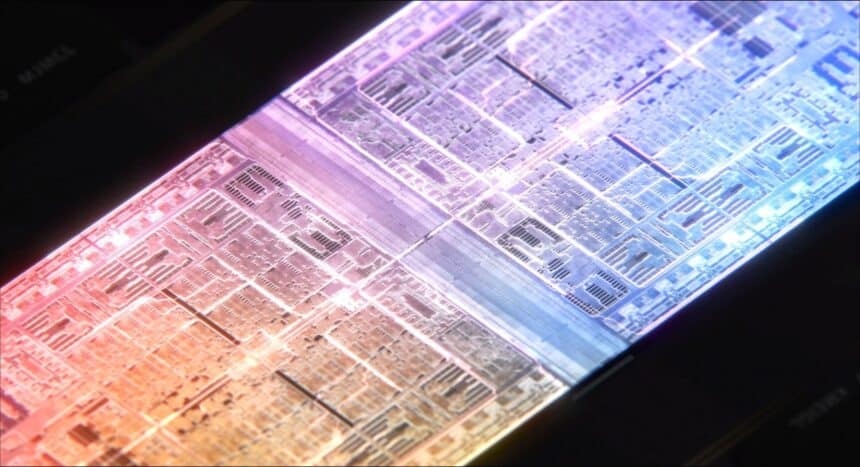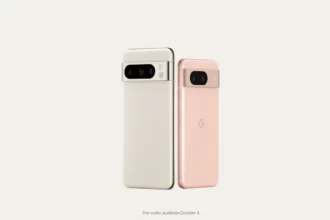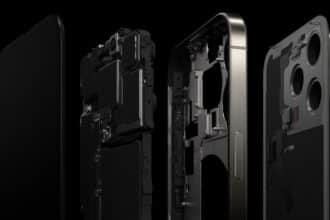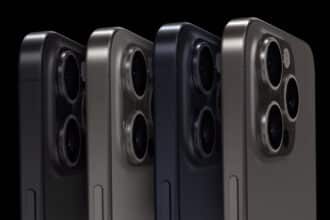Even if Apple’s A-series SoCs continue to dominate the smartphone market with unparalleled performance, the gap between those advancements has decreased over time. This is because the technology giant has seen a substantial brain drain, with engineers and executives from the company’s semiconductor sector leaving in search of better opportunities and a more hospitable work environment. According to one source, Johnny Srouji, Apple’s Senior Vice President of Hardware Technologies, considers his current position to be particularly tough as a consequence.
An previous source claimed that an older A16 Bionic version might handle ray tracing but that it used too much power and could not be employed in the iPhone 14 Pro and iPhone 14 Pro Max. Given that a past die-shot comparison revealed less changes between the two proprietary semiconductors, it may be for this reason that Apple’s most current top-tier iPhone SoC has a GPU architecture similar to the A15 Bionic.

The Information claims that Apple’s Srouji will keep having problems as more chip engineers leave for better positions. One such engineer is Gerard Williams III, a CPU designer who left Apple in 2019 to found Nuvia, which Qualcomm later bought and launched as Oryon. Mike Filippo ultimately acquired the position, but strangely, Apple has yet to announce a replacement since he departed early this year to work for Microsoft.
Apple has made presentations to its engineers in an attempt to convince them that a job at the California-based company is more profitable and stable given the high amount of risk associated with businesses that focus on chip development. Given that some industry experts and economic watchers have predicted a big economic recession, many of these engineers prefer working for Apple.
But it’s still true that companies like Qualcomm could now have a competitive edge over Apple’s A-series chipsets. The newly launched Snapdragon 8 Gen 2 is able to narrow this performance difference, according to one multi-core benchmark leak. If the A17 Bionic’s performance metrics disappoint when it debuts the next year, Qualcomm’s or MediaTek’s flagship silicon may finally exceed Apple’s next-generation device in 2023.





